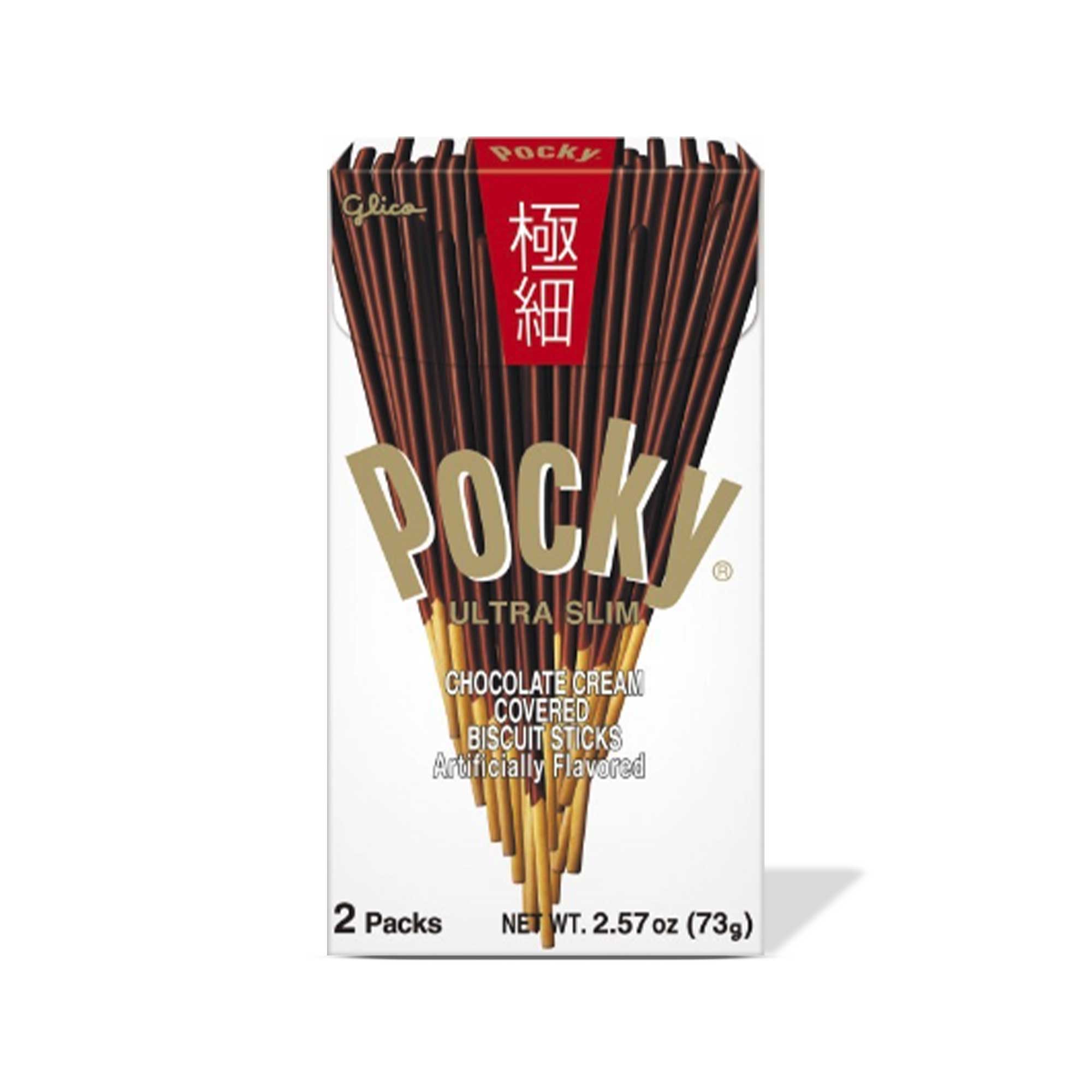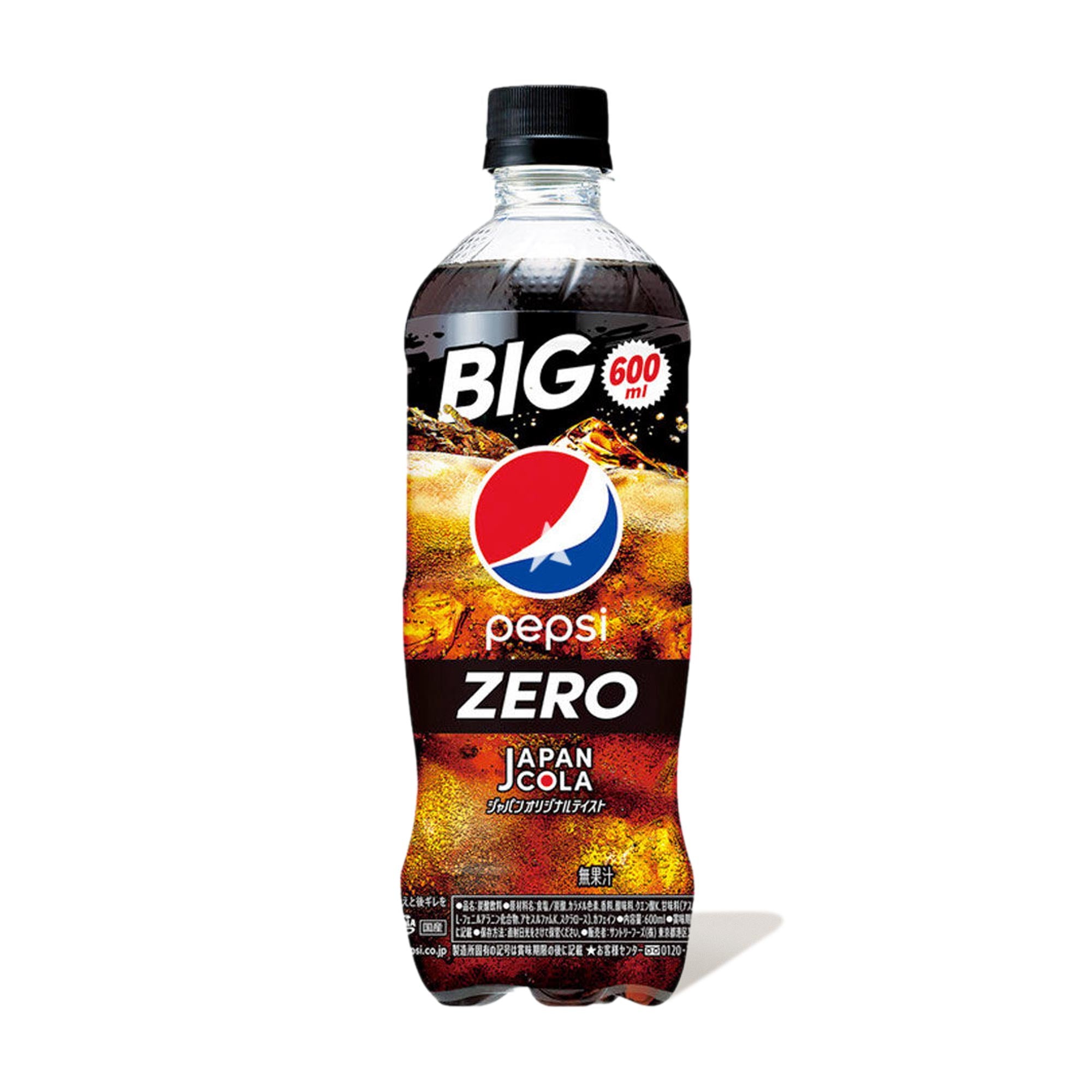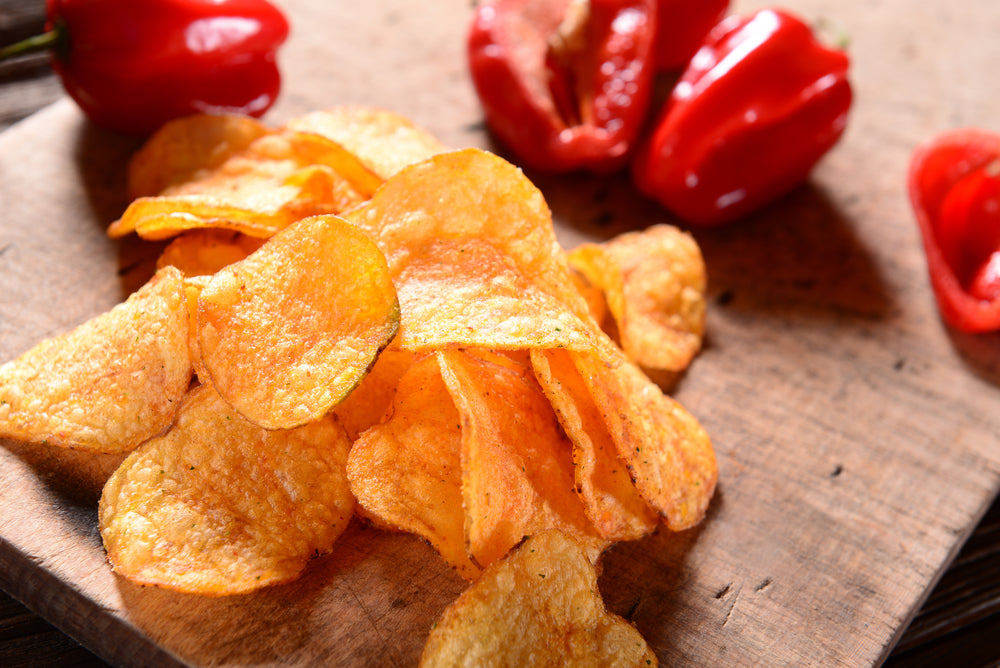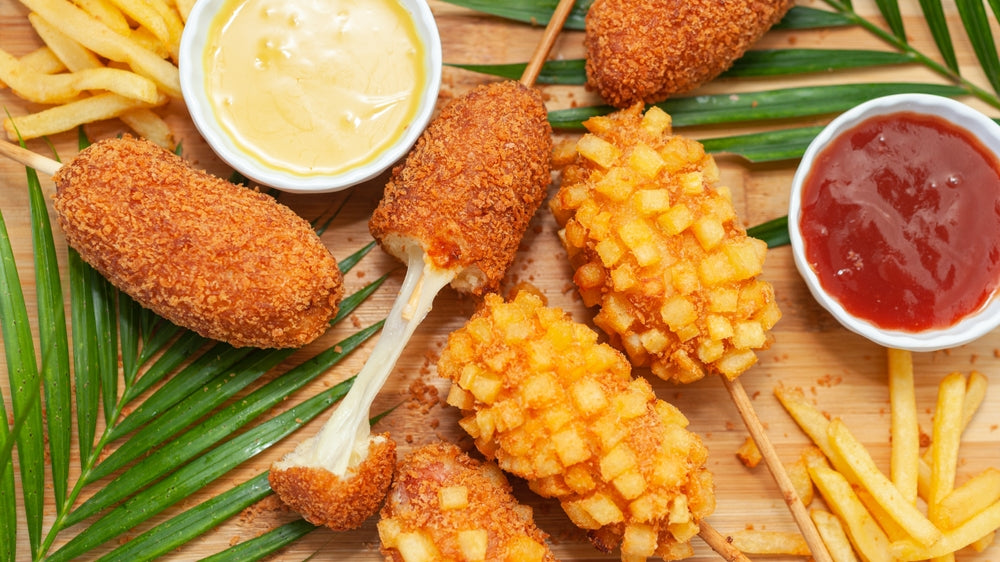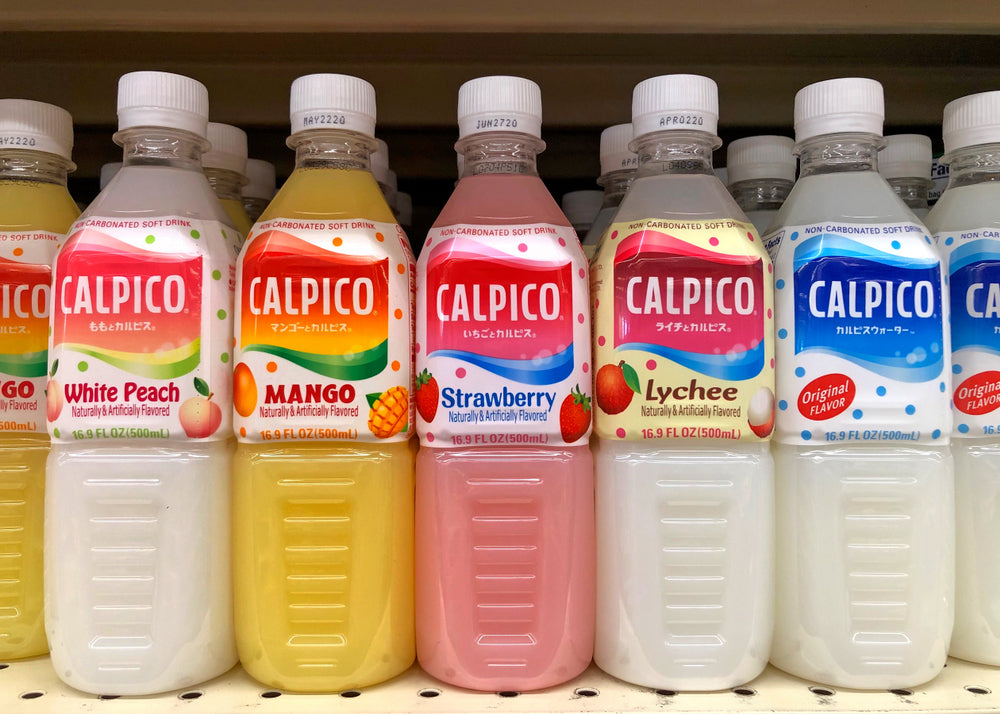Everything You Need to Know About Shaoxing, Chinese Cooking Wine
What is Shaoxing Cooking Wine?
While you may have never heard of it, Shaoxing wine is probably the most widely used ingredient in Chinese cooking after soy sauce! This article covers the basics of Shaoxing cooking wine, including its history, production, culinary uses, recipe substitutes, and how to buy it.
Shaoxing cooking wine (shàoxīng jiŭ 绍兴酒) is a staple ingredient in all Chinese pantries. Shaoxing wine is a type of fermented rice wine that is named after the only place where authentic Shaoxing cooking wine is produced: the city of Shaoxing! Pronounced “sheow-sheen,” Shaoxing is located in Zhejiang Province, an area of Eastern China that is known for its beautiful scenery, lush green hills, and rice wine production. This region has mild temperatures and high humidity, both of which are perfect for rice cultivation.
Alternative names to Shaoxing cooking wine include yellow wine or huangjiu (黄酒), liaojiu, huadiao liaojiu, shaohsing cooking wine, chia fan wine, Chinese cooking wine, or simply rice wine. Shaoxing wine is technically a type of huangjiu that is used primarily for cooking instead of sipping.
Shaoxing has a mild, clear, amber hue, an aromatic smell, and slightly sweet and briny flavor. Its color can range from pale yellow all the way to brown. Cooking with Shaoxing wine is comparable to cooking with a dry sherry or saké. On its own, Shaoxing’s flavor doesn’t taste very exciting, yet when you use it as a marinade, it adds a burst of flavor to meat, chicken, and fish dishes.
Shaoxing ranges from 18-25% alcohol, but when you heat the food to a high temperature, most of the alcohol cooks off.
What is the History of Shaoxing Wine?
Shaoxing wine is one of the earliest types of rice wine—in fact, it was mentioned in records more than 2000 years ago! It can be traced back to the end of the Zhou dynasty (around 500 BC), when it was first served as an alcoholic drink for ceremonial purposes. According to some legends, yellow wine (huangjiu) was invented even earlier than that. Many people say it was developed around 2050 BC by the god of Chinese wine, Du Kang, during the reign of King Shaokang of the Xia dynasty.
For some time, the popularity of Shaoxing waxed and waned and competed with its stronger cousin, baijiu. In the late Qing Dynasty (1644-1912), Shaoxing had a resurgence and it became a mainstay of fancy banquets. As was the case for many alcoholic beverages, Shaoxing was also used in political negotiations, diplomacy, and war.
An interesting fact is that it was the custom in Shaoxing to bury a bottle of red Shaoxing wine when one’s first daughter was born, then unearth it and serve it at her graduation or wedding. Another fun historical fact—or rumor—is that Shaoxing wine was heralded as a key ingredient in Mao Zedong’s favorite meal of braised pork belly with scallion greens. He claimed it helped bolster his energy and conquer his foes.
How is Shaoxing Cooking Wine Made?
Production of Shaoxing begins in the 10th lunar month (between October and November) when the weather and humidity is ideal for the fermentation process. The god of wine, Du Kang, is often acknowledged at the start of annual Shaoxing season.
Shaoxing is made from glutinous rice, water, and a small amount of wheat-based yeast, or qū. The wheat qū (or sometimes rice qū) is the starter culture that converts the starch to sugar and then to alcohol. In other words, it spearheads the chemical process of saccharification and fermentation.
All the ingredients are traditionally stirred together in a big vat with a wooden hoe to help the yeast break down the sugars. The ingredients are steamed until they form a mash. After any necessary adjustments are made, the mash is pasteurized, filtered, poured into clay jars, sealed, and then left to ferment for one to five years—or even decades!
In some batches, the fermentation period can be shorter, alcohol content is lowered, and salt is added to enable sales in international grocery stores and to avoid alcohol import taxes.
How is Chinese Cooking Wine Used?
Shaoxing is essential in most Chinese food recipes. It is most often used as a meat marinade that refines and enhances flavors in the dish. It tenderizes the meat and balances the flavor to dispel any fishy, ducky, or gamey taste. It is commonly used across China and Taiwan in stir fry, braised meat, pickled eggs or vegetables, dumplings, and wontons.
There are some dishes that feature Shaoxing as a main ingredient, as opposed to only using it as a marinade. Examples include hong shao rou (red braised pork belly), hong shao yu (red braised fish), and zui ji (drunken chicken).
You can use Shaoxing as an ingredient for your own marinades. You might mix it with brown sugar, soy sauce, and ginger to make a teriyaki sauce for grilled chicken or pork. Or you can add oyster sauce, soy sauce, sesame oil, and a sprinkle of sugar to create a nice stir-fry sauce for your beef and broccoli or bell peppers.
Don’t worry—you don’t have to store Shaoxing in large clay pots like in the olden days. You can buy a bottle of Shaoxing and store it in a dark, cool place. It can keep in the cabinet or pantry for a few months, but it’s best to store it in the refrigerator if you use it infrequently.
What are Substitutes for Shaoxing Wine?
In the event that you can’t get a hold of any Shaoxing, don’t despair! There are many alternatives, but just know that your dishes may not taste the same as the original recipe. Whenever you use one of the substitutes below, follow a 1:1 ratio, such 1 tbsp of dry sherry instead of 1 tbsp of Shaoxing.
Sherry—Dry sherry is the best alternative to Shaoxing cooking wine. It is fortified with brandy and added sugar and has a similar flavor profile to Shaoxing. Sherry has an alcohol content of 16-18%.
Mirin—This is a sweet Japanese rice wine. Its production process is similar to Shaoxing, and it has a comparable alcohol content, approximately 14%. With a sugar content of 40-50%, mirin needs to be diluted with something acidic if you use it.
Saké—The dry Japanese rice wine known as saké is about 15-22% alcohol. It’s made from fermented rice, just like Shaoxing. Shaoxing can be thought of as Chinese saké, but it has a richer, more pungent taste than the milder saké.
White Wine—Dry white wine is similar to Shaoxing despite its alcohol content averaging only 10%. However, it has a more fruity, floral flavor than Shaoxing and is a bit sweeter than dry sherry.
Baijiu—Shaoxing is a fermented alcohol made from rice, while baijiu is a clear, distilled liquor made from sorghum. With 35-60% alcohol and a different flavor altogether, baijiu is not an ideal substitute for Shaoxing but better than nothing!
If you have gluten allergies, try substituting Shaoxing wine with dry cooking sherry. For a non-alcohol solution, you can use chicken stock, mushroom stock, vegetable stock, or nonalcoholic beer or wine. You won’t get the same rich and complex flavor, but you’ll capture some of the umami undertones that Shaoxing cooking wine provides.
Where Can you Buy Shaoxing Cooking Wine?
Shaoxing cooking wine is easy to find at most Asian grocery stores. Bokksu Market, an online Asian grocery story, also carries excellent options for Shaoxing cooking wine as well as some alternatives:

Gourmet Taste Shaoxing Cooking Wine—The king of flavor, this Shaoxing wine has 14% alcohol, and the deep, rich, salty, vinegary taste that gives your Chinese dishes the umami pop they need to succeed!

Oriental Mascot Taiwan Michiu Rice Cooking Wine— Michiu or mijiu is a fermented rice wine like Shaoxing. It is used in many Taiwanese dishes such as sesame oil chicken (ma you ji), three cup chicken (san bei ji), and three cup tofu (san bei tofu). It mellows out the flavor of the proteins and elevates the other ingredients, such as vegetables and herbs.

Kikkoman Manjo Aji-Mirin Cooking Wine—Mirin is a sweet saké-like wine made from fermented glutinous rice. Mirin is great when you want both acid and sweet, such as in teriyaki sauce, yakitori, sukiyaki, sushi rice, and pickled vegetables. Kikkoman is the superior brand, and this one is seasoned masterfully to bring out all the flavor nuances in your Japanese dish.
Author Bio


